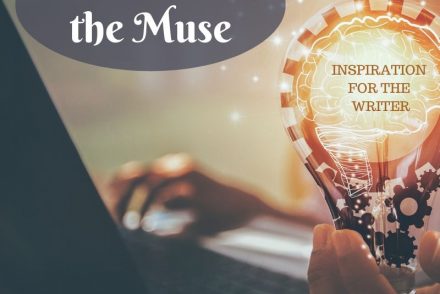
Courting the Muse
Why All Writers Should Read in Translation
In my last year of college, I took a class that destroyed my trust in translation. For our first…
December 13, 2020
In my last year of college, I took a class that destroyed my trust in translation. For our first…
December 13, 2020
Emily Dickinson knew how to find inspiration without leaving the house. In her thirties, the reclusive poet withdrew into…
May 13, 2020
A quarantine isn’t a writing retreat. Sure, some of the greats managed to transmute epidemiological panic into excellent prose…
April 13, 2020
During my last semester of undergrad, I spent a lot of time watching 30 Rock. Like many graduating seniors,…
March 13, 2020